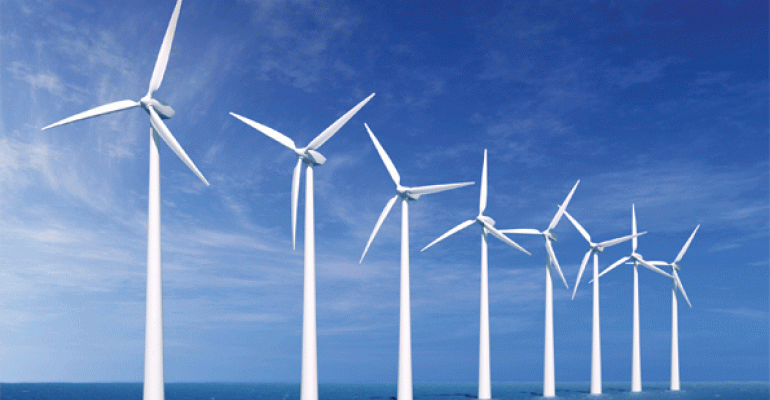Renewable Energy & WtE Solutions

Refuse-derived fuel (RDF)
Refuse-derived fuel (RDF) or solid recovered fuel / specified recovered fuel (SRF) is a fuel produced by shredding and dehydrating solid waste (MSW) with a Waste converter technology. RDF consists largely of combustible components of municipal waste such as plastics and biodegradable waste.

Landfilled Mining Technology
Service package for Environmental Consulting
· Contaminated Sites and Landfills
· Evaluation & Remediation
· Climate Change Adaptation
· D4-Services
· Environmental Management Consulting
· Planning & Permitting
· Renewable Energy Solutions
· Sustainable Environmental Services
· Waste Management
· Risk Management

Wind Turbine Renewable Energy
Automated Blade Angle Adjustments
Each blade on the generator automatically adjusts its relative angle based on the centripetal force produced by the spinning wheel. This allows for the generator to passively adjust between high-torque mode for low wind speeds and high-torque mode for high wind speeds. By minimizing variation in the speed of the wheel, the TWE series ensures a stable and consistent supply of electricity that does not get swayed by variable wind speeds.
The Flywheel Mechanism
In incorporating a flywheel design, the generator has equipped the ability to spin continuously in intermittent winds by relying on its
Momentum to continue its rotation. This ensures that the generator can continue to function even in unfavorable wind conditions where the wind may die down occasionally.
Wind Tunnel/Fin Design
The generator’s blades and the core case for the center of the blades are designed based on fluid mechanics to ensure the maximization of the energy produced from the wind. Field test results have shown that the blade can spin fast enough to
Produce electricity in wind speeds as low as 1.5m/s. The blades are also constructed to cope with a wider range of wind directions.

Waste to Energy Solution
Today’s waste tomorrow’s energy
The Waste-to-Energy (WtE) technology available today has increased efficiency and lowered emissions way beyond traditional combustion methods. Every part of waste can be turned into something useful, from sorting out recyclables on the front end to capturing and reusing even the minimal leftover ash on the back end.
WtE technology creates energy one of two main ways: either through controlled combustion of bio waste, Incineration, or through conversion into synthetic gas (syngas), Gasification, which can, in turn, directly fuel an internal combustion
engine or be used as an intermediate to produce liquid or gaseous fuels.
Incineration
This innovative technology utilizes heat transfer of direct heating to convert waste into energy. The decomposition of the feedstock and refinement of the gas
produced takes place in separate reactors, which allows for more precise control of the process steps and ultimately increases the overall efficiency of a plant. The technology benefits the environment, fulfilling all international, EPA and European regulations for renewable energy and air emissions. The reformation process works completely under the exclusion of air ensuring an environmentally-friendly process.
Gasification
The Advanced Pyrolysis System (APS) technology reduces landfill by more than 90% while creating large amounts of renewable green energy. The APS technology is the best alternative to landfill. APS is a practical and cost effective solution for
eliminating costly landfill and producing sustainable, climate-friendly renewable electricity.
